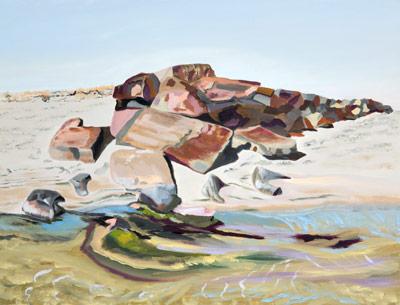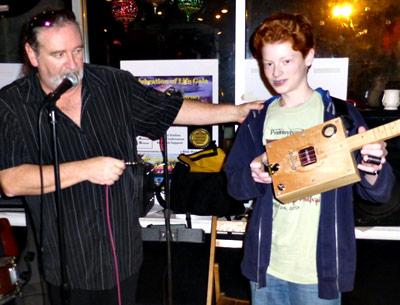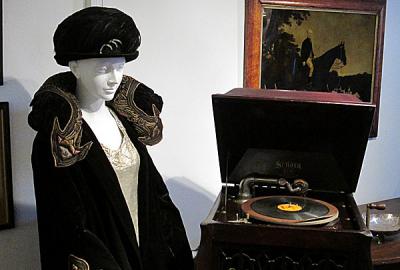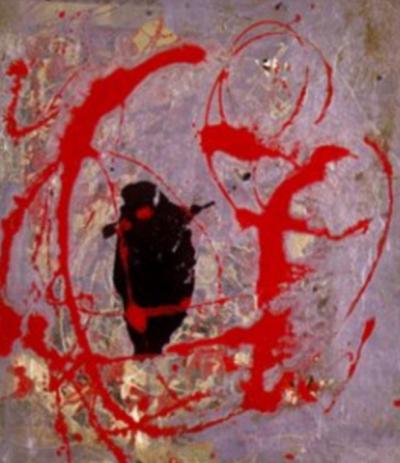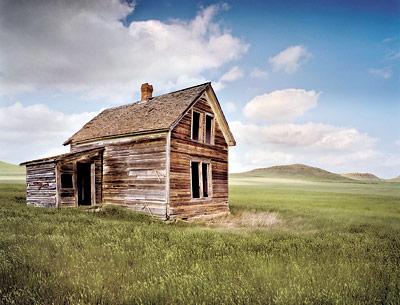‘In Terra Pax’ at the Holidays
‘In Terra Pax’ at the Holidays
The Choral Society of the Hamptons will present “In Terra Pax” on Dec. 8. The program is named for Gerald Finzi’s piece of the same title, which mixes the verse of Robert Bridges, a British poet who died in 1930, with the Gospel of Luke. In passages the voices mimic the sound of church bells. Other works include Ralph Vaughan Williams’s “Fantasia on Christmas Carols” and compositions by Cecilia McDowall and Peter Warlock.
Mark Mangini, the society’s music director, will lead the concert, joined by Jennifer Hoffmann, a soprano, and Dominic Inferrera, a baritone, as soloists, and the South Fork Chamber Orchestra. Ms. Hoffmann sings regularly in concerts, operas, and competitions in the United States and Europe. Mr. Inferrera, a regular with the choral society, performs opera and oratorio in addition to popular music and musical theater.
The concert will take place at the Bridgehampton Presbyterian Church in two performances, at 3 and 5:30 p.m. A benefit brunch at Pierre’s restaurant will precede the first performance. The cost is $225. Reservations will be accepted until next Thursday.
Tickets and reservations for the brunch are available at the society’s website, choralsocietyofthehamptons.org. Concert tickets are also available for $30 at the Romany Kramoris Gallery in Sag Harbor. At the door, tickets begin at $35. There are discounts for children, and preferred seating is available for $75.
In March, the chorus will perform Vivaldi’s “Gloria” under the direction of Walter Klauss at the East Hampton Presbyterian Church, along with Bach’s Cantata 71 (“Gott ist mein König”), Vaughan Williams’s “Five Mystical Songs,” and works by Mendelssohn.
On June 28 in Bridgehampton, Mr. Mangini will lead the chorus in “All Bernstein,” a celebration of Leonard Bernstein’s work, including “Chichester Psalms” and music from “Wonderful Town,” “Candide,” and “Mass.”
Season subscriptions are available for $75 for adults and $30 for children.

